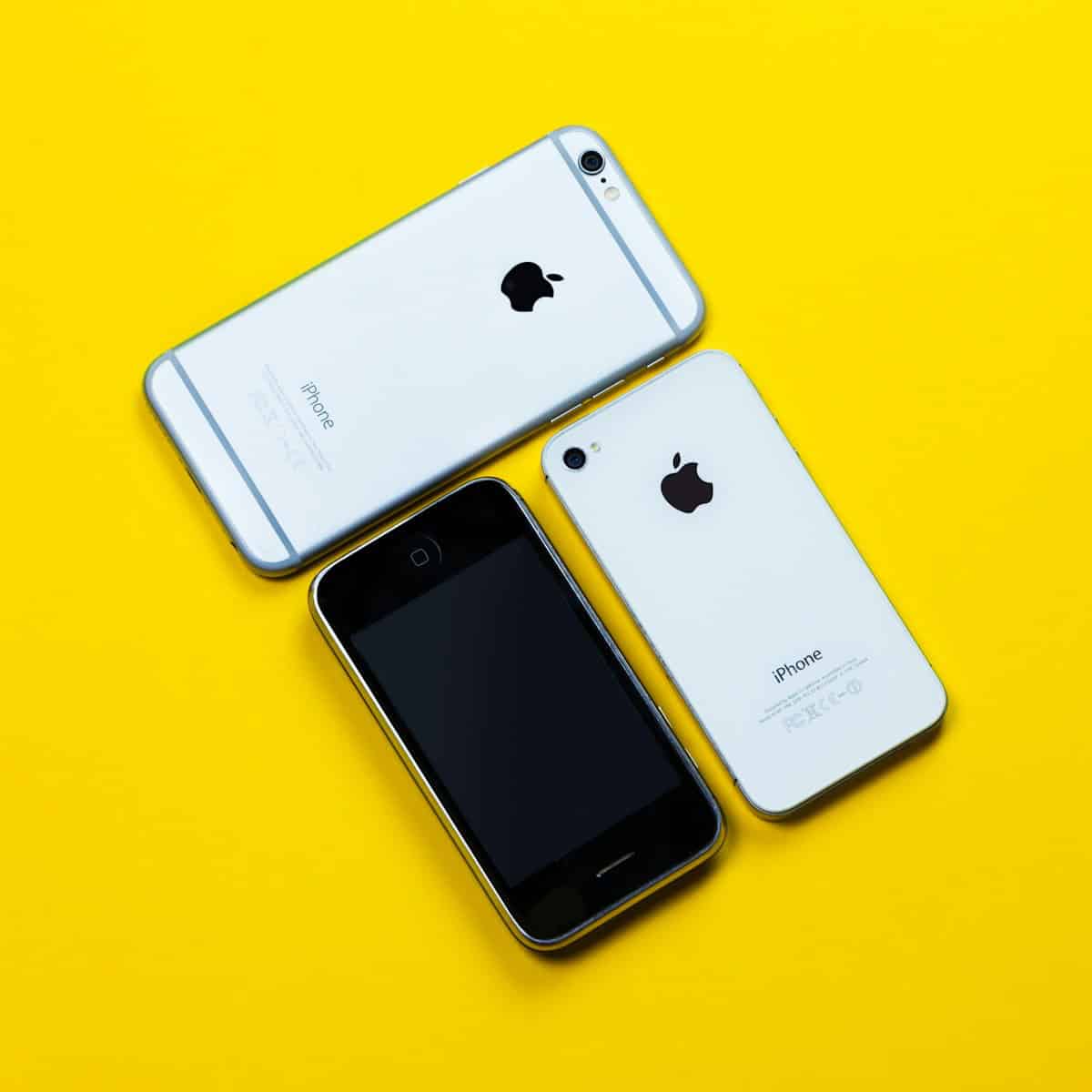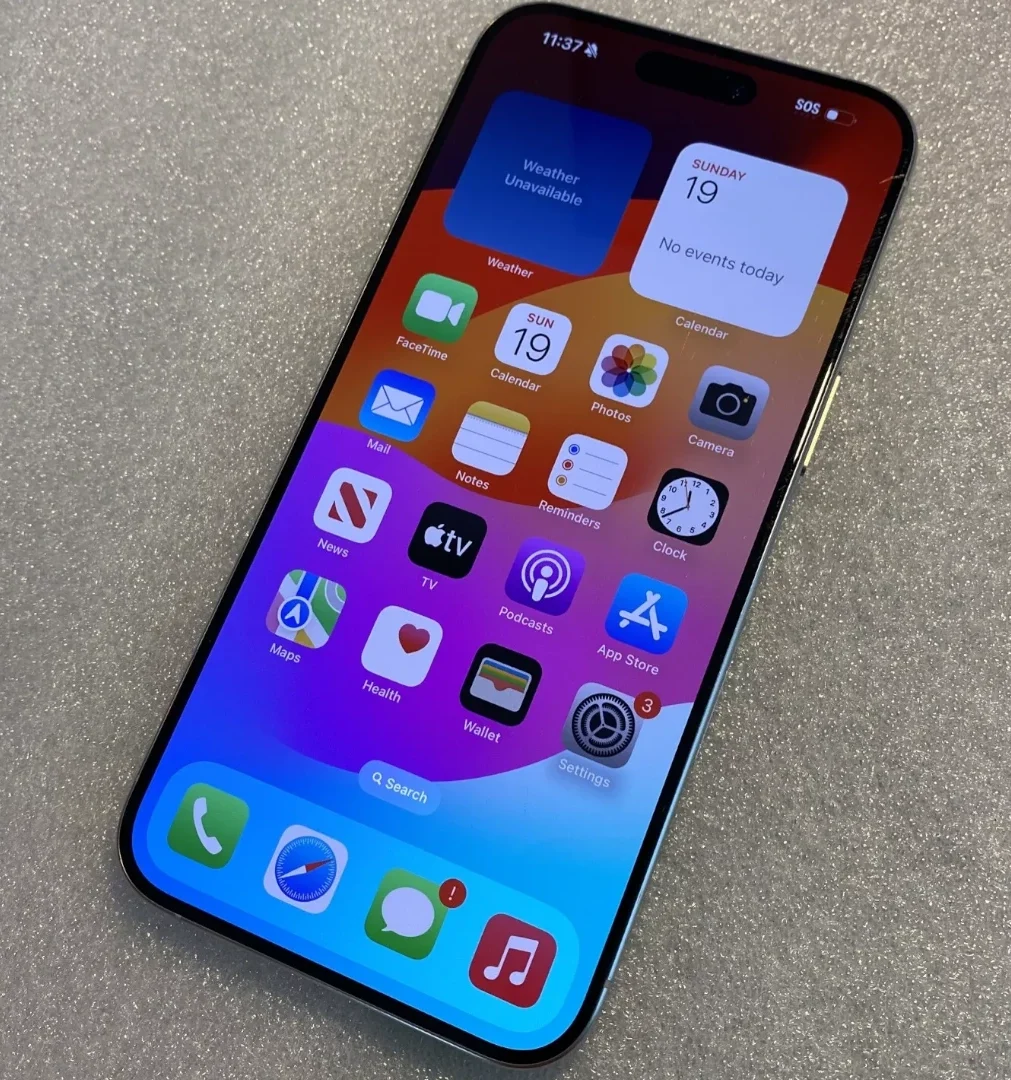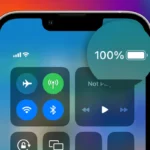Size matters more than ever in the smartphone world. Whether you’re a content creator, a casual user, or someone who just wants a phone that fits comfortably in your pocket, Apple’s iPhone lineup spans a wide range of sizes to meet diverse needs. From the ultra-portable iPhone SE to the massive 6.9-inch iPhone 16 Pro Max, each model strikes a different balance of usability, display area, and portability.
In 2025, Apple expanded that diversity even further with the iPhone 16 series, which not only redefined screen real estate but also brought subtle refinements in build, weight, and design philosophy. But to really understand where we are now, it’s helpful to look at how iPhone dimensions have evolved over time.

Why Size Matters
- Larger Screens = Better Immersion: Great for gaming, streaming, editing videos, or split-screen multitasking with iOS 18’s growing productivity tools.
- Compact Models = Greater Portability: Easier one-handed use, better pocket fit, and generally lower weight — often appreciated by minimalist users or those with smaller hands.
- Weight and Ergonomics: With larger batteries, advanced camera modules, and tougher materials, newer models—especially in the Pro Max category—can get noticeably heavier.
📊 Complete iPhone Size Comparison (iPhone 16 and Earlier)
| Model | Screen Size | Dimensions (H × W × D) | Weight | Display Type |
|---|---|---|---|---|
| iPhone 16 Pro Max | 6.9″ | 6.33″ × 3.06″ × 0.31″ | 7.81 oz | Super Retina XDR OLED |
| iPhone 16 Pro | 6.3″ | 5.81″ × 2.82″ × 0.31″ | 6.60 oz | Super Retina XDR OLED |
| iPhone 16 Plus | 6.7″ | 6.33″ × 3.06″ × 0.31″ | 7.03 oz | Super Retina XDR OLED |
| iPhone 16 | 6.1″ | 5.81″ × 2.82″ × 0.31″ | 6.00 oz | Super Retina XDR OLED |
| iPhone 15 Plus | 6.7″ | 6.33″ × 3.06″ × 0.31″ | 7.13 oz | Super Retina XDR OLED |
| iPhone 15 | 6.1″ | 5.81″ × 2.82″ × 0.31″ | 6.02 oz | Super Retina XDR OLED |
| iPhone 14 Plus | 6.7″ | 6.33″ × 3.06″ × 0.31″ | 7.16 oz | Super Retina XDR OLED |
| iPhone 14 | 6.1″ | 5.78″ × 2.82″ × 0.31″ | 6.07 oz | Super Retina XDR OLED |
| iPhone 13 mini | 5.4″ | 5.18″ × 2.53″ × 0.30″ | 4.97 oz | Super Retina XDR OLED |
| iPhone 13 | 6.1″ | 5.78″ × 2.82″ × 0.30″ | 6.14 oz | Super Retina XDR OLED |
| iPhone 12 mini | 5.4″ | 5.18″ × 2.53″ × 0.29″ | 4.76 oz | Super Retina XDR OLED |
| iPhone 12 | 6.1″ | 5.78″ × 2.82″ × 0.29″ | 5.78 oz | Super Retina XDR OLED |
| iPhone 11 | 6.1″ | 5.94″ × 2.98″ × 0.33″ | 6.84 oz | Liquid Retina HD LCD |
| iPhone X | 5.8″ | 5.65″ × 2.79″ × 0.30″ | 6.14 oz | Super Retina HD OLED |
| iPhone 8 Plus | 5.5″ | 6.24″ × 3.07″ × 0.30″ | 7.13 oz | Retina HD LCD |
| iPhone 8 | 4.7″ | 5.45″ × 2.65″ × 0.29″ | 5.22 oz | Retina HD LCD |
Key Evolutionary Highlights
- OLED Takes Over: Starting with iPhone X, Apple moved away from LCD to OLED across the flagship lineup, offering higher contrast, more vibrant colors, and deeper blacks.
- The Rise and Fall of “Mini”: The iPhone 12 mini and 13 mini provided compact powerhouses, but Apple discontinued this size after lukewarm sales, favoring larger displays.
- Flat-Edge Comeback: Reintroduced with iPhone 12, the squared-off aesthetic is inspired by the beloved iPhone 4 design and has since become the default look for modern iPhones.
- Bigger ≠ Always Better: While Pro Max models offer the largest screens and batteries, they also come with tradeoffs in comfort and weight—something users with smaller hands or mobile gamers may notice over time.
- USB-C & Port Changes: Starting with the iPhone 15 series, Apple began its transition away from Lightning to USB-C, aligning more closely with universal charging standards.

Choosing the Right Size
Your ideal iPhone size ultimately depends on what matters most to you:
- Prefer pocketability and light weight? Look to the iPhone SE (not listed here) or mini models.
- Want the best cameras and largest display? The Pro Max line delivers.
- Need a solid all-around option? Standard 6.1″ models like the iPhone 14 or 15 are the most balanced choices in Apple’s history.
Let us know if you’d like a side-by-side visual chart or buyer’s guide tailored to your specific use case (gaming, photography, business, etc.).
Key Takeaways
- iPhone sizes cater to diverse user preferences.
- Screen size significantly affects the user experience.
- iPhone models come in a range of dimensions for different needs.
iPhone Model Specifications
This section provides details on the various iPhone models, focusing specifically on screen size and display technology, and the internal hardware that drives performance.
Screen Size and Display Technology
iPhones have evolved significantly over the years, presenting a range of screen sizes and display technologies. The iPhone 12 mini features a 5.4-inch OLED display, while the iPhone 12 Pro Max boasts a larger 6.7-inch OLED screen. OLED technology offers high contrast and HDR support, allowing for vibrant colors and deep blacks. The iPhone 8 and iPhone SE (2020), on the other hand, use LCD screens known for their brightness and efficiency. Screen resolutions and sizes vary across models, with newer iPhones like the iPhone 14 Pro and iPhone 15 Pro including ProMotion technology for smooth animations.
Screen Size:
- iPhone 12 mini: 5.4-inch OLED
- iPhone 12: 6.1-inch OLED
- iPhone 12 Pro: 6.1-inch OLED
- iPhone 12 Pro Max: 6.7-inch OLED
- iPhone SE (2020): 4.7-inch LCD
Display Technology:
- OLED: Found in iPhone X and newer models (excluding SE models)
- LCD: Used in iPhone 8, iPhone 7, and iPhone SE models
- ProMotion (120Hz refresh rate): Exclusive to Pro models from iPhone 13 Pro onwards
Internal Hardware and Performance
The engine of an iPhone is its processor, with the A15 Bionic chip powering the iPhone 13 lineup and the expected A16 or beyond in the latest iPhone 15 series. These chips define the speed and efficiency of the phone. RAM capacity, which supports multitasking, generally ranges from 3GB to 6GB in recent models. iPhone storage options have also expanded, with some models offering up to 1TB. The integration of 5G in newer models like the iPhone 12 and beyond enhances connectivity speed. Battery life varies with each model, but they all support wireless charging and MagSafe technology.
Hardware Components:
- Processor: A15 Bionic in iPhone 13, A16 (or newer) in iPhone 15
- RAM: 3GB to 6GB in recent models
- Storage: Up to 1TB in select models
Performance Features:
- Connectivity: LTE in older models, 5G in iPhone 12 and newer
- Battery: Varies by model, all support wireless charging
- MagSafe: Available in iPhone 12 and later models
Consumer Information
When buying an iPhone, consumers look at the price and the physical traits of the phone. The selection process often involves comparing prices, sizes, and features among various models.
Price and Buying Guide
The latest iPhone lineup includes a range of models with varying prices. Consumers should consider deals on different models and check for trade-in options. The iPhone SE 3 offers a balance of price and performance for those seeking a less expensive alternative to the premium models. Higher-end models like the iPhone 15 Pro Max come at a premium with advanced features such as a ProMotion display with a 120Hz refresh rate, dynamic island, and enhanced camera systems including night mode, telephoto, and lidar scanner.
- iPhone SE 3: Affordable, retains Home button, smaller screen
- iPhone 15 Plus: Middle-range, larger screen, better battery life
- iPhone 15 Pro: Higher-end, advanced camera features, smaller than Pro Max
- iPhone 15 Pro Max: Most expensive, largest display, best specs
It’s important to compare phones directly from Apple with deals from trusted retailers and carriers. Always check device warranties and return policies.
Size Comparison and Physical Handling
iPhones vary in size, which affects how they feel in hand and how easily they fit in pockets. The iPhone 15 Pro Max is the largest model with a 6.7-inch display, designed for those who enjoy larger screens for video and photography. Meanwhile, the dimensions of the iPhone 15 Pro are more compact, suitable for users who prefer easier handling without compromising on power.
Dimensions and screen sizes for the current flagship models are as follows:
- iPhone 15 Pro Max: 146.6 x 70.6 x 8.3 mm, 6.7-inch display
- iPhone 15 Pro: 146.6 x 70.6 x 8.3 mm, 6.1-inch display
The physical design includes durability features such as ceramic shield and water resistance. When comparing sizes, also consider the weight of the device, particularly if you use your phone for reading or gaming over extended periods.







